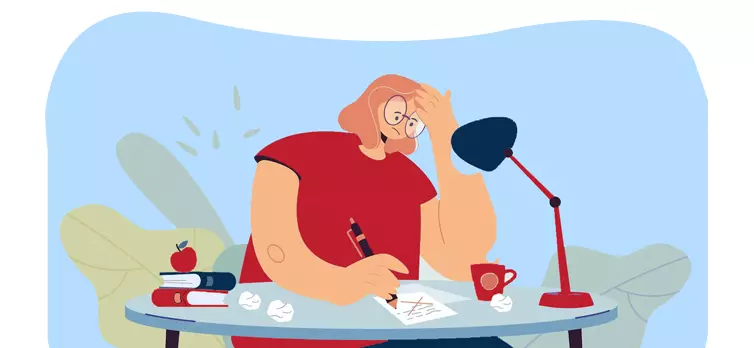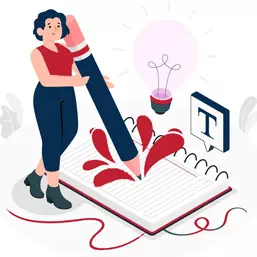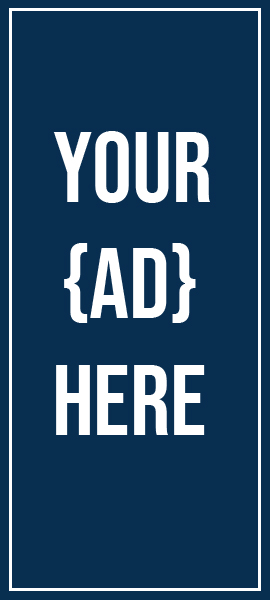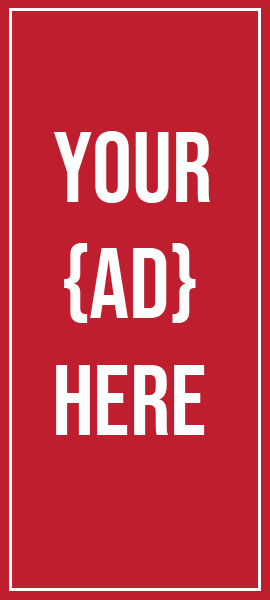
Overcoming Collaborative Writing Obstacles
By prevailing over all obstacles and distractions, one may unfailingly arrive at his chosen goal or destination.
– Christopher Columbus
Introduction
The team, just like any other organization or project, may run into difficulties when trying to collaborate. Some are brought on by the nature of the task itself, such as writer’s block or difficulties with the research, while others are brought on by the members of the team or issues with the leadership. At the outset of the project, it is essential to discuss the likelihood of encountering any obstacles and to inform staff of the process by which they can be reported and resolved.
Employ a Management Strategy Shaped Like a T
The concept of T-shaped management refers to the focus placed on both the individual’s responsibility as well as the group’s ability to work together effectively. The T-shaped management approach enables the performance targets to be combined with the group goals, which ultimately results in improved collaboration and the successful completion of the project as a whole.

As a result of this, the leader of the team should investigate the factors that drive the group and then use this information to develop goals that are attainable and that people feel they can work toward. During this time of transition, it is essential for the leader of the team to provide employees with timely feedback, leadership coaching, and periodic reviews. This allows workers to assess not only how far they have come as individuals but also how much they have added to the overall success of the team. Management advises in the form of a T:
- Determine attainable objectives for the team as a whole, as well as for each individual member;
- Monitor and evaluate the progress made by individual members of the team.

Creating a Web of Relationships and Alliances
A lack of communication or even consultation amongst members of a team is a frequent obstacle that can be found in many different types of collaborative organizations. It’s possible that some members will have an issue with seeking assistance, while others might become less willing to share what they already know. In situations like this one, it is a smart idea to urge members of the team to develop a network of their affiliations with one another.
If members of a team do not know one another very well, they are less likely to seek information from other members of the team. This might result in members of the team attempting to complete their assignment with information that is either absent or wrong. This does not serve the best interests of the group. There should be regular team meetings (both formal and informal), workflow diagrams with team member names and titles, communication through social media, and even holding team social events. The leader of the team should implement ways in which the members of the team can improve their ability to communicate with each other and their interpersonal relationships with each other. The members of the team will eventually be able to create stronger group relationships if they participate in activities like these since it will help them become more social with one another.
Brief check
However, collaborative writing does not occur in a vacuum, nor does it appear to be produced miraculously after a small period of writing. Collaborative writing, like all other sorts of writing, necessitates the practice of writing.
Putting Enablers into Action
Enablers are a type of business tool that is utilized by team leaders. These tools provide group members with the information and ‘know-how’ that they need to successfully collaborate with other members of the team, as well as ‘enable’ other members of the team to successfully collaborate with one another.
Enabling one or more employees with the appropriate information and structure to collaborate in the group is thought to result in that capability spreading to other members of the team once it has been established. This is the premise behind the implementation of enablers. When every member of the team is certain that they have the appropriate information to give to the group, they will be able to cooperate more effectively with one another. Enablers are a wonderful tool that can be utilized to improve intergroup communication, develop problem-solving abilities in team members, and assist teammates in remaining focused on the job at hand by ensuring that everyone is involved.
Analyzing the Culture and Identifying Potential Development Areas
When leaders want to increase collaboration, they frequently make the mistake of not first examining the culture of the group and figuring out which aspects of the group should be changed. This is a common mistake that leaders make. When a group does not collaborate, it is easy for leaders to assume that it is because the members do not get along with each other or that they are having trouble working together.

However, it is possible that the group simply does not have enough knowledge of the project or that they require assistance in establishing communication among themselves. It is necessary for the leader of the team to identify the fundamental issue first before making any attempts to improve the partnership.
Brief check
Companies all over the world have found that writing collaboratively can produce favorable outcomes for their better interests. This, however, does not come without costs. While there are many benefits to collaborative writing, there are also disadvantages if the project morphs into team or group writing.
The following are some tools that can be used to help assess areas in need of improvement:
- Self-assessment tools, such as employee quizzes or questionnaires;
- Group meetings;
- Meetings with employees one-on-one;
- Requesting employee input and ideas;
Practical Application
Ron had some worries regarding the collaboration group he was a part of. When he evaluated some of the issues, he found that many of his members appeared to lack the motivation to participate in the group activities, while others appeared to only work well when they worked individually.
When he assessed some of the issues, he found that many of his members appeared to lack the motivation to participate in the group activities. One of the first things that Ron did was organize a meeting for the group, and during this gathering, he made it a point to encourage everyone to spend more time getting to know one another. They took use of this time by engaging in social activities in order to facilitate the formation of a cohesive unit within the team and to enhance members’ levels of comfort while communicating with one another.
Second, Ron gathered two of his most trusted employees together and discussed his worries with them privately. He requested that they ask as group “enablers” and asked that they interact with more of the other team members to assist them in interacting more with others, with the intention of drawing other team members “out of their shells.” Ron anticipated that by taking these activities, the team would be able to overcome some of the challenges they were facing and see an increase in their morale as a whole.





